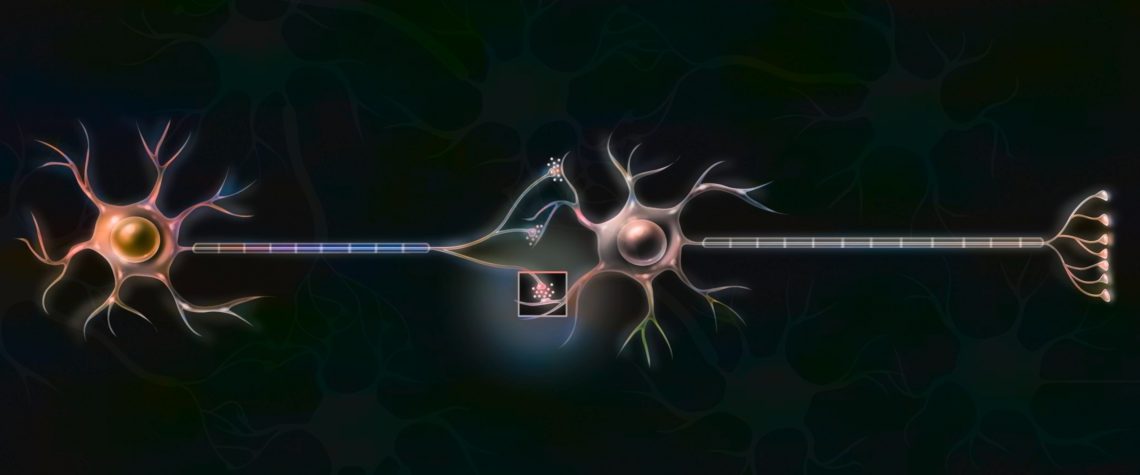Chronic pain is a serious problem that affects millions of people worldwide. It can be caused by a variety of conditions, including injuries, arthritis, cancer, and nerve damage. Treatment options often focus on relieving the symptoms and may not always address the underlying causes. This is where Peripheral Nerve Stimulation (PNS) and other options of neuromodulation come in.
Peripheral Nerve Stimulation (PNS) is an implanted treatment technique that uses electrical impulses to relieve chronic nerve pain. The impulses are delivered to the nerves through a device called a stimulator, which is implanted under the skin in close vicinity of the involved nerve. An external remote control sends the signals to the nerve through the stimulator, which then modifies the pain signals that usually get transmitted to the brain.
PNS has been shown to be an effective treatment for many forms of chronic pain and is often utilized when other treatments have failed. It is a relatively safe and minimally invasive procedure that may help reduce or eliminate, the need for strong medications or major surgery to relieve the pain.
The first step in the process is to have a consultation with a pain management specialist to see if you are a candidate for PNS. During this consultation, your medical history will be reviewed and a thorough physical examination performed. You will also be asked about the details of your pain including pain levels and their effect on your sleep, activities and quality of life. Any previous records, imaging and tests will be reviewed and new ones ordered if indicated.
The process of Peripheral Nerve Stimulation (PNS) begins with a trial period, during which a small, temporary PNS device is implanted. This allows the patient and their doctor to determine if PNS is an effective treatment for their chronic pain. The trial period usually lasts for 7-10 days.
If it is determined that PNS is effective, a permanent implantable device is placed.
The surgery to place the trial and the permanent device is typically outpatient surgery, meaning you will go home the same day. Patients are provided an external programmed remote control to use.
Recovery from surgery is usually quick, with most people able to return to their normal activities within a few days. Once the permanent device is in place, you will need to return to your doctor periodically for follow-up appointments to ensure that the device is working properly and that you are still getting relief from your symptoms. Changes to the remote control programming are made as needed.
Most insurance companies cover the procedure.
Stimwave is a leader in wireless Peripheral Nerve Stimulation (PNS) technology. Relevant additional information can be accessed on their website.
If you would like to consider PNS for your chronic pain, you will have the opportunity to discuss this with your doctor including potential risks and benefits.
Please contact us today at the Pain and Pine Center of Charlottesville. We can help determine if Peripheral Nerve Stimulation (PNS) is the right modality for you.




